The deepwater redfish Sebastes mentella has a wide distribution in the North Atlantic Ocean. In the Irminger Sea, there is evidence for two phenotypes (deep-sea and oceanic) of deepwater redfish. The two phenotypes have overlapping geographic distributions but differ in depth preferences. There are two hypotheses on deepwater redfish stock structure in the Irminger Sea. One suggests that mature individuals of a single stock segregate according to size and age and therefore that the phenotypes represent different life stages of the same stock. The other hypothesis suggests that there are two different stocks and that these stocks segregate mainly according to depth. Additionally, it is not clear whether the fish of the deep-sea phenotype in the Irminger Sea and those on the Icelandic continental shelf represent one stock. Analysis of genetic variability at eight allozyme markers in 1,763 deepwater redfish from 26 samples collected at different depths in the Irminger Sea and the Icelandic continental slope showed a significant difference between deep-sea and oceanic samples, suggesting the presence of two distinguishable stocks. This is supported by (1) significant heterozygous deficiency at most loci in pooled samples, (2) extensive allele frequency differences between samples classified as belonging to deep-sea and oceanic phenotypes, and (3) clustering of deepwater redfish samples of the same phenotype in a neighbor-joining dendrogram and in Bayesian analyzes (STRUCTURE and the ΔK procedure for determining the number of clusters). The results indicate that deepwater redfish stock structure should be taken into account for sustainable fisheries management in the Irminger Sea and adjacent waters.
Author: admin
In many cases marine organisms and especially their diverse developmental stages are difficult to identify by morphological characters. DNA-based identification methods offer an analytically powerful addition or even
an alternative. In this study, a DNA microarray has been developed to be able to investigate its potential as a tool for the identification of fish species from European seas based on mitochondrial 16S rDNA sequences. Eleven commercially important fish species were selected for a first prototype. Oligonucleotide probes were designed based on the 16S rDNA sequences obtained from 230 individuals of 27 fish species. In addition, more than 1200 sequences of 380 species served as sequence background against which the specificity of the probes was tested in silico. Single target
hybridizations with Cy5-labeled, PCR-amplified 16S rDNA fragments from each of the 11 species on microarrays containing the complete set of probes confirmed their suitability. True-positive, fluorescence signals obtained were at least one order of magnitude stronger than false-positive
cross-hybridizations. Single nontarget hybridizations resulted in cross-hybridization signals at approximately 27% of the cases tested, but all of them were at least one order of magnitude lower than true-positive signals. This study demonstrates that the 16S rDNA gene is suitable for designing oligonucleotide probes, which can be used to differentiate 11 fish species. These data are a solid basis for the second step to create a “Fish Chip” for approximately 50 fish species relevant in marine environmental and fisheries research, as well as control of fisheries products.
Farmed arctic char were divided into two groups after slaughtering. One group (T1) was stored in ice up to 18 d and the other (T2) was stored at 18 ° C for 24 h (temperature increased from 3 ° C up to 12 ° C), then iced and stored up to 18 d . Changes during storage were observed with sensory evaluation using the Quality Index Method (QIM) and Quantitative Descriptive Analysis (QDA), total viable counts (TVC), and hydrogen sulphide (H2S) -producing bacteria. A high correlation between Quality Index (QI) and storage time in ice was found. Storage time could be predicted within ± 1.3 d. The maximum shelf life, determined with QDA and microbial counts, was 17 and 15 d, respectively, for iced (T1) and temperature-abused (T2) arctic char. At the end of shelf life, TVC was 105–106 CFU / g in the flesh of both groups, with H2S producing bacteria constituting a higher proportion of TVC in T2.
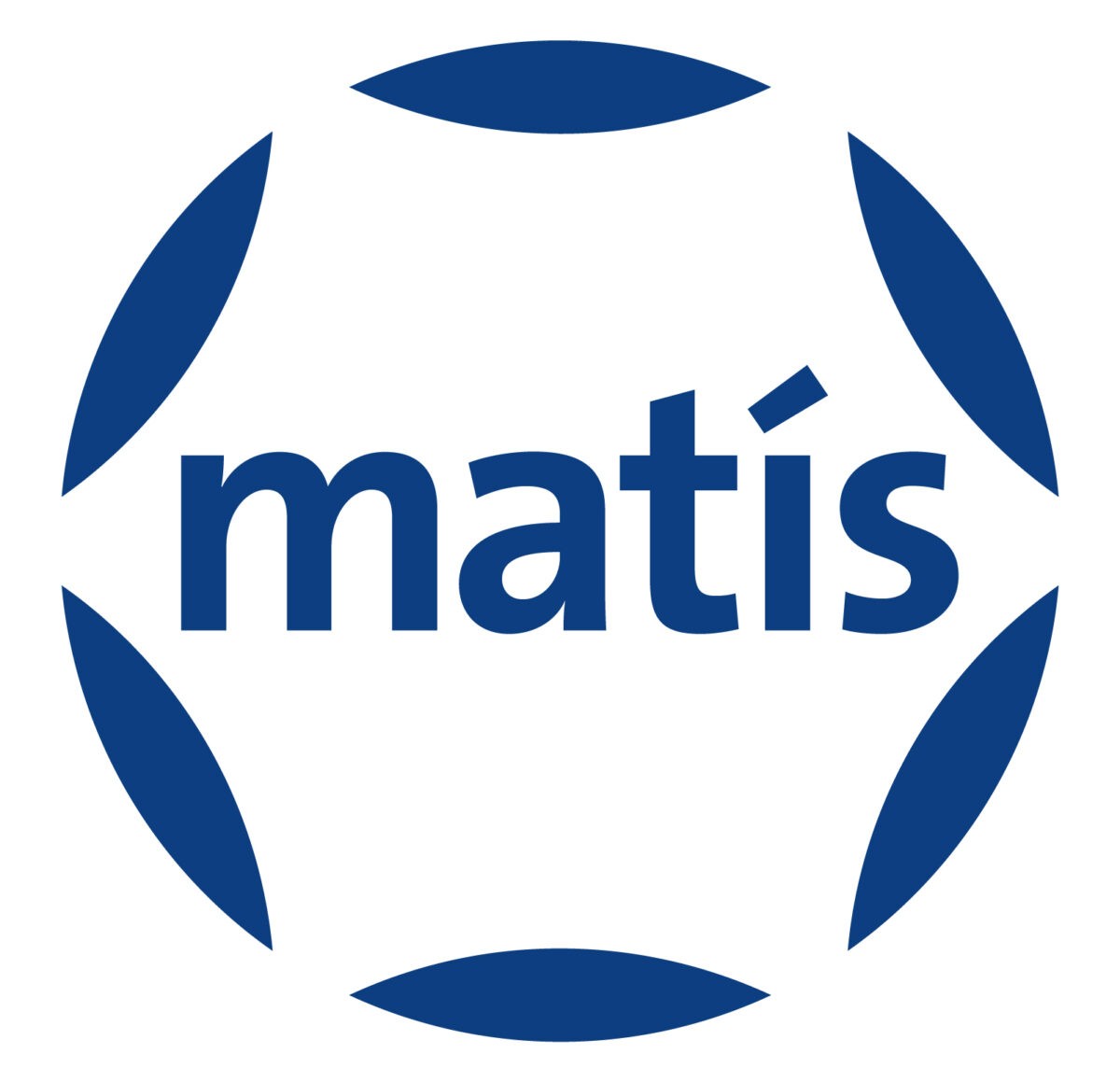
At the board meeting of Matís ohf. on the 22nd of May. there were personnel changes in the board. Sigríður Sía Jónsdóttir resigned from the company's board and was replaced by Ýr Gunnlaugsdóttir.
The board consists of Ýr, Friðrik Friðriksson Chairman, Einar Matthíasson Deputy Chairman, Arnar Sigurmundsson, Ágústa Guðmundsdóttir, Guðrún Elsa Gunnarsdóttir and Jón Eðvald Friðriksson.
Matís ohf thanks Sigríður Sía for her work for the company, while Ýr is welcomed to the board.
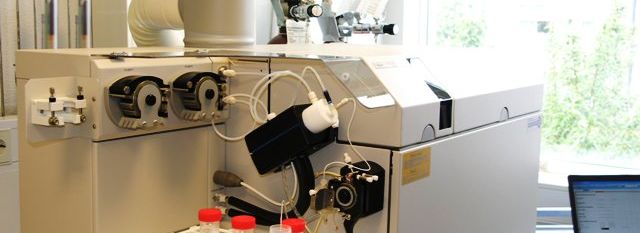
Matís ohf's Chemistry Research Department offers interested students in chemistry or biochemistry a scholarship for a master's degree (MSc) in the field of trace chemical analysis.
Project title:
Analysis of toxic and non-hazardous forms of arsenic in fishmeal by HPLC-ICP-MS.
Further information can be found at click here!
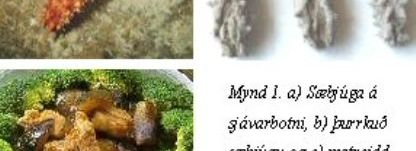
Matís is now starting work on a project called: "Cartilage sugars and bioactive substances from sea otters" and a start-up meeting in the project was held this morning. The project will focus on the development of the process of processing bioactive substances from sea edema, from the processing of chondroitin sulphate from sea edema to the production and purification of chondroitin sulphate oligosaccharides processed with specific sugar-degrading enzymes.
Processing processes will also be developed to produce extracts with advanced bioactivity. The aim is for the project to lead to the development of production products with standardized content and functionality that can be sold in markets in Europe, Japan and Korea and beyond.
Studies have shown that chondroitin sulfate oligosaccharides have a beneficial effect on blood pressure, immune system, digestion, oxidative processes, inflammatory processes, rheumatism and other aspects of human and animal physical activity. Therefore, chondroitin sulfate oligosaccharides can be used as medicines, health or dietary supplements. Such sugars can be produced by specific enzyme degradation of chondrotin sulfate polysaccharide. Chondrotin sulfate polysaccharides can be extracted in large quantities from seaweed, which is an underused species with high utilization potential. Furthermore, research has shown that many types of edema have a lot of bioactive substances that can be isolated or further processed.
The project is funded by the Rannís Technology Development Fund and the AVS Fisheries Research Fund and is carried out in collaboration with IceProtein in Sauðárkrókur, Reykofninn Grundarfjörður and the Faculty of Pharmacy, University of Iceland.
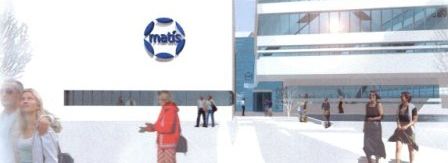
Yesterday, 3 June, it was agreed at Matís' board meeting to enter into an agreement with Reykjavík University (RU) on the company's future premises. The plot on which the new building will be built stands to the west of the new building of Reykjavík University at Hlíðarfót on the edge of Öskjuhlíð. Vísindagarður Háskóli Íslands ehf and S8 ehf also offered housing for rent, but the above conclusion was reached as RU's bid was the most favorable of the bids received.
The new Matís research and office premises will house the activities that currently take place in three locations in the capital area; at Borgartún 21, at Skúlagata 4 and at Gylfaflöt 5.
As before, Matís will operate its offices in the countryside with an unchanged format, which can be found in Ísafjörður, Sauðárkrókur, Akureyri, Neskaupstaður, Höfn and the Westman Islands. Drawings are already available for the building, which is being prepared by the architectural firm ARKÍS, and the aim of the proposal is to design a specific laboratory that fits all of Matís' areas of work. The building is "flexible in design, with open and bright spaces with good and short connections between spaces and employees that give employees the opportunity for an open and interactive work environment", as stated in data from the architectural firm. The house is entirely intended for Matís and is specially designed for the company's operations.
Matís is very pleased that a conclusion has been reached in the company's searches in recent months for future housing. This is especially true as Matís' management considers it a great advantage to have been able to find the knowledge- and development-oriented company a future place in such a good neighborhood at Reykjavík University as well as the University of Iceland, but Matís has from the beginning emphasized good collaboration with universities here on land and at the company, many university students are currently working on their master's and doctoral projects. There is therefore no doubt that synergies will be there in the short and long term.
Matís' move to this future building, which is planned for the end of 2010, is a cause for celebration and anticipation for all employees, and the new location, in the presence of Vatnsmýri University, will undoubtedly prove to be the company's best place to continue working on its values. initiative, integrity, ambition and creativity.
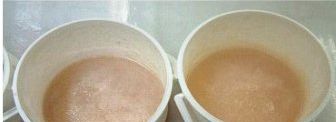
Viðskiptablaðið today reports on a method that Matís, in collaboration with Brim hf., Has developed to collect fish meat that comes from processing lines in catfish. The method is the result of a three-year project at Matís called "Fish protein in wastewater."
One of the main goals of the project was to work on increasing the utilization and value of catches processed in land processing by finding ways to isolate fish muscles from water that comes from production lines and assessing their potential uses for human consumption. Cuts, ridges and heads are extra raw materials used in fish processing. This was previously discarded, but in recent years attempts have been made to use it for human consumption, for example, heads and spines are dried and exported.
In this connection, it can be mentioned that according to Statistics Iceland, fishermen and fish processors in 2006 harvested by-products amounting to 27,800 tonnes. It should be borne in mind that this refers to the weight of the products themselves and not kilograms of fish from the sea. The largest number was from cuttings or 17,800 tonnes, 2,700 tonnes of heads were harvested and 2,300 tonnes of roe. Other by-products include 1,800 tonnes of liver and 2,400 tonnes of flour processed at sea. The majority of these products are due to smelting or almost 17,800 tonnes, mainly cuttings, 14,800 tonnes. Almost 6,500 tonnes of by-products were also landed by freezer vessels this year, mainly fish heads, 2,700 tonnes and cuts, 2,900 tonnes.
On the other hand, the part of the protein that is lost in wastewater from processing machines, i.e. filleting and skinning machines have hardly been used to date to any great extent. If the quantity of catfish products of all processing plants is about 60 thous. tonnes per year, it can be roughly estimated that about 1,200 tonnes of dry matter are lost annually through wastewater.
The result of the project "Fish protein in wastewater" consisted of a prototype as a process for collecting the mass from wastewater during fish processing and evaluating its properties and quantity. With a simpler size classification (filtration), it can be understood that coarser fish parts that can be used can be used in processed products such as marlin. Fine masses can be used directly as technical additives, directly from the insulation process or after further processing which can further ensure their wholesomeness and / or improve technical properties, for example to increase utilization in fish fillets by injection or other addition to fish products.
The process developed in the project succeeded in obtaining about 25% of all dry matter from the effluent from the filleting machine. By using shaking sieves during filtration, a fine white mass was obtained from the effluent with a particle size of 250-710 µm, which is well suited for the production of high-quality proteins. The mass, which had a particle size greater than 850 µm, was very coarse and blood-colored and is therefore more suitable for marrow if the negative effects of blood contamination can be reduced. When collecting masses below 250 µm, other equipment is needed, such as membrane filtration, where the dry matter passes through a 250 .m sieve.
Another result of the project is more environmentally friendly production methods where less organic material is released into the environment, which is in line with increased requirements for cleaner production technology. Protein from wastewater can be used safely for human consumption at low cost, which will create added value in fish processing, as well as purifying wastewater in the process that can be reused in the processing process.
Participants in the project were Brim hf., FISK Seafood in Sauðárkrókur and Matís ohf. together with Iceprotein ehf.
The Rannís Technology Development Fund and AVS supported the project.
News from Viðskiptablaðið
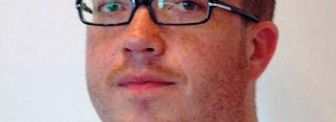
On Monday 2 June, Bjarni Jónasson will hold his master defense in the field of aquaculture. The defense takes place at 10:00 and will be in room K109 in Sólborg. Bjarni's project is called “Replacing fish oil in Arctic charr diets. Effect on growth, feed
utilization and product quality ”and was part of a larger project,“ Plant raw materials in
charr feed instead of fishmeal and fish oil ”which was funded by the AVS Fund.
Click here to read more about the project and the master defense.
QALIBRA-Heilsuvogin. Second Annual Report
This report is the second annual report of the European project QALIBRA and covers the period 1.04. 2007 to 31.03. 2008. QALIBRA, or “Quality of Life - Integarted Benefit and Risk Analysis. Webbased tool for assessing food safety and health benefits, ”abbreviated QALIBRA (Heilsuvogin in Icelandic), is the name of a European project, which falls under Priority 5, Food Quality & Safety in the 6th EU Research Program. This is a three-and-a-half-year project managed by the Fisheries Research Institute (now Matís ohf). The project manager is Helga Gunnlaugsdóttir, department manager at Matís. The aim of the QALIBRA project is to develop quantitative methods to assess both the positive and negative effects of food ingredients on human health. These methods will be presented in a computer program that will be open and accessible to all stakeholders on the World Wide Web.
Participants in the project are from Iceland, the United Kingdom, the Netherlands, Greece, Portugal and Hungary.
“QALIBRA - Quality of life - integrated benefit and risk analysis. Web - based tool for assessing food safety and health benefits ”is a project funded by the EC's Sixth Framework Program, Priority 5, Food Quality & Safety. It began in April 2006 and will end in 2009. To assess the balance between the risks and benefits associated with a particular food, they must be converted into a common measure of net health impact. Uncertainties affecting the risks and benefits cause uncertainty about the magnitude and even the direction of the net health impact. QALIBRA will develop methods that can take into account multiple risks, benefits and uncertainties and implement them in web-based software for assessing and communicating net health impacts. The objectives of QALIBRA are to develop a suite of quantitative methods for assessing and integrating beneficial and adverse effects of foods and make them available to all stakeholders as web-based software for assessing and communicating net health impacts.
The participants in the project are:
Matís, Iceland, coordinator, Central Science Laboratory, United Kingdom, National Institute of Public Health and The Environment, The Netherlands, Wageningen University, The Netherlands, University of Patras, Greece, Altagra Business Service, Hungary, National Institute for Agriculture and Fisheries Research , Portugal.
